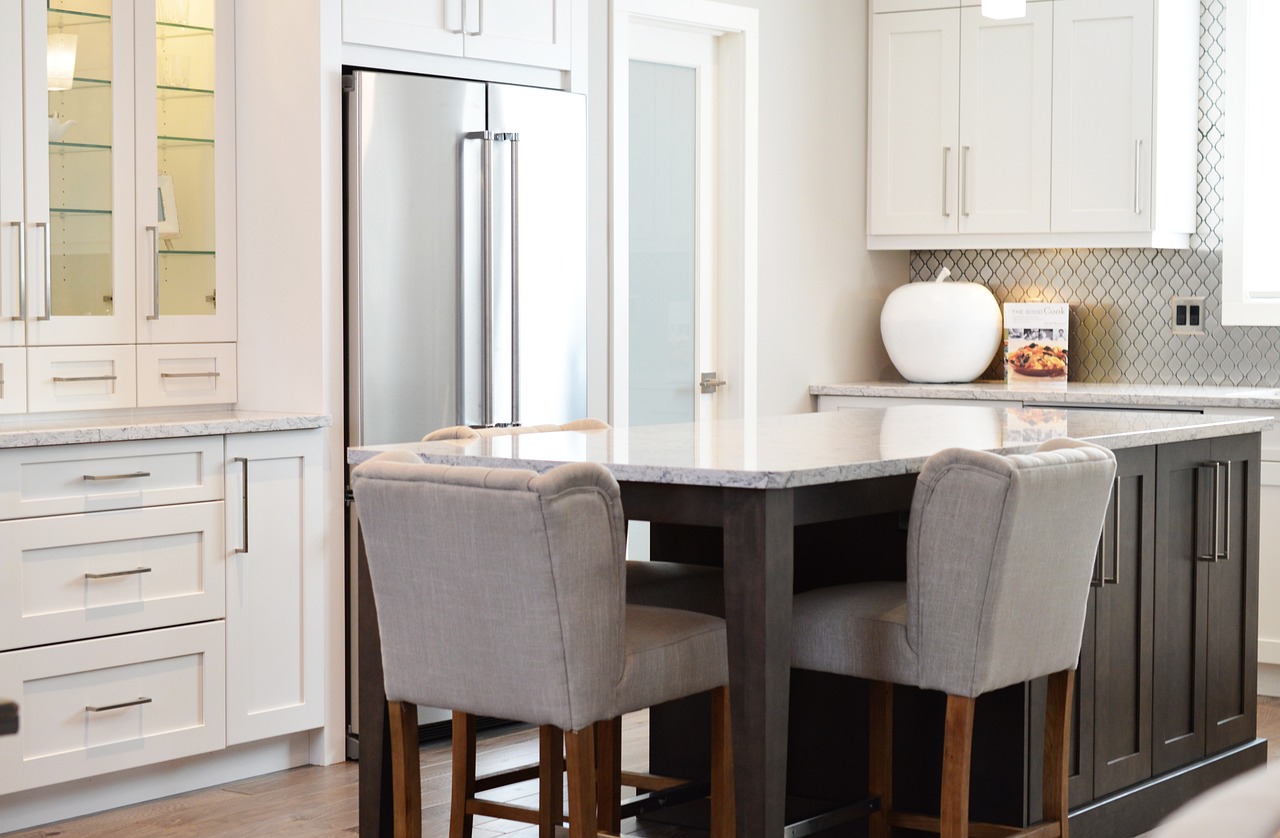
Refurbishing a property before putting it up for sale is a strategy that can significantly increase the value of the property, but it is crucial to assess whether this investment will actually maximise profits. Renovations improve both the aesthetics and functionality of the property, making it more attractive to potential buyers. However, to ensure that this process is cost-effective, it is important to consider certain key factors.
First, it is essential to analyse the current condition of the property. If the property has major structural problems or is significantly dilapidated, a refurbishment may not only raise the sale price, but also make it easier to find a buyer more quickly. On the other hand, if the property is in good condition, the renovations could be more aesthetic, such as updating the kitchen or bathrooms, which could influence the buyer's decision more than the final price.
Another important aspect to consider is the location of the property and the state of the property market in that area. In very competitive markets, renovations can offer an advantage over other similar properties, making the property stand out. However, in areas where demand is not as high, extensive renovations may not justify the investment, as buyers may not be willing to pay a premium for improvements that they could do themselves later on.
It is also crucial to plan the budget well. The refurbishment should be geared towards obtaining the highest possible return on investment. To do this, it is advisable to make improvements that really add value to the property, avoiding unnecessary expenses in areas that do not contribute significantly. Some of the most recommended refurbishments are those involving key areas such as bathrooms, kitchens and floors, or improvements that improve the energy efficiency of the property, which is increasingly valued by buyers.
Finally, time is also a factor to consider. Renovations take time and, if you are looking to sell quickly, this process could delay the transaction. Therefore, it is necessary to calculate well the time it will take to renovate and whether the real estate market will remain favourable in that time.
In summary, refurbishing a property before selling it can increase both the sale price and buyer interest, but it is essential to carry out a detailed analysis to ensure that the investment in improvements will pay off. The key is to balance the cost of refurbishment with the potential increase in sale price, while keeping in mind the market context and the needs of the buyers.
